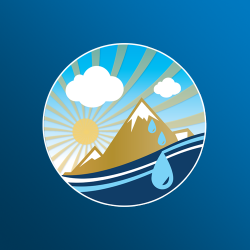2013
-
Rising temperatures challenge Salt Lake City’s water supply
NewsAmerican Geophysical Union Press Release
-
White House Office of Science and Technology Policy mentions new WWA study on Twitter
SpotlightThe official Twitter account of the White House Office of Science and Technology Policy mentioned WWA lead author Tim Bardsley's new study on climate adaptation planning for public water supply in Salt Lake City.
-
New WWA study: Rising temperatures challenge Salt Lake City’s water supply
SpotlightFor every 1 degree Fahrenheit of warming in the Salt Lake City region, water flow to the city will drop 1.8-6.5%. That's the conclusion from a new WWA-led climate analysis that offers a window into what other Western cities will face in a warming world. With help from this climate analysis, Salt Lake managers are preparing for a warmer future. See press coverage in the Salt Lake Tribune, Boulder Daily Camera, and Utah Public Radio.
